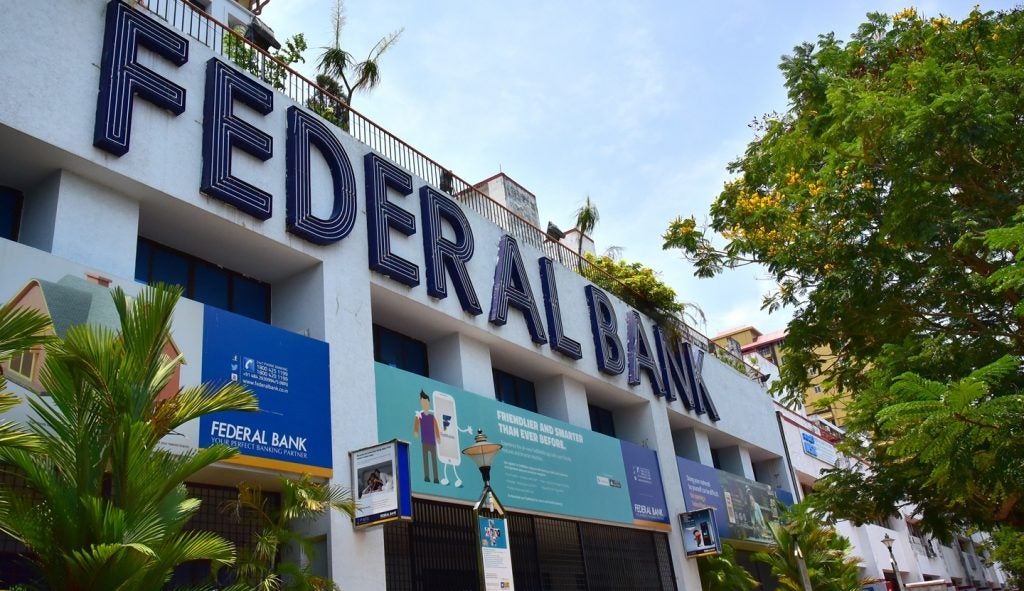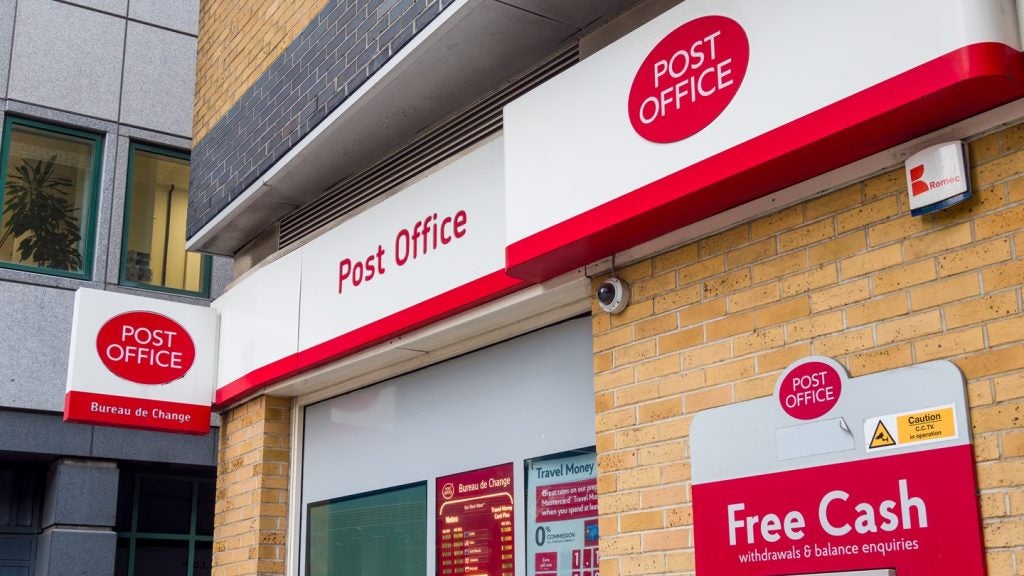According to benchmark research by
RBI, the average profit per retail banking customer for
Europe-based banking groups was €100 in the first half of 2008.
Overall, Europe’s banks had a difficult first-half period, with all
but a few reporting steep decreases in profit. Dan Jones and Hugh Fasken report.
Europe-based retail banks made an average of almost €100 in profit
per customer in the first six months of the year, research from
Retail Banker International shows. The RBI study, based on
H1 2008 results from a broad cross-section of European financial
institutions, reveals that the average retail banking profit per
customer in Europe amounts to €99.5 ($147).
Allied Irish Banks (AIB), Ireland’s largest
bank by assets, tops the RBI table with profit of €468 for
each of its 2.1 million retail banking customers. The two largest
banks in Scandinavia – Nordea and Danske Bank – also perform
strongly, recording profits of €175 and €166 per retail customer,
respectively.
The same cannot be said for global banking
titan HSBC, which, in part as a result of its sheer size, finds
itself at the foot of the RBI table. A retail banking
profit of just €13.6 per customer compares unfavourably with its
peer group, but can be seen as an inevitable outcome of the group’s
successful market penetration. With 110 million retail customers,
almost twice the number of Santander, its closest competitor in
this regard, HSBC easily outranks its competition in terms of
scale.
A spokesperson for HSBC emphasised that a
“significant number” of its stated 110 million retail customers
would be credit card customers, and therefore often less profitable
to the bank, but asserted that HSBC was making good progress with
its cross-selling initiatives.
“We are only at the start of the journey but
we think it is a large opportunity,” the spokesperson said.

US Tariffs are shifting - will you react or anticipate?
Don’t let policy changes catch you off guard. Stay proactive with real-time data and expert analysis.
By GlobalDataDeutsche Postbank is similarly bullish despite
having accrued just €36.50 in profit per retail customer in one of
Europe’s largest retail banking markets. “This shows that Deutsche
Postbank’s customer base has a great potential for future
business,” said bank spokesperson Hartmut Schlegel.
The contrasting performances of AIB and HSBC
may appear to demonstrate that large scale retail banking
operations inevitably lead to a reduction in profit per customer,
but a closer examination of the RBI table shows that it is
possible to find a successful midpoint.
The performance of Spain’s Santander is a case
in point. Always eager to emphasise its retail banking qualities,
Santander has managed to balance a sizeable retail banking
footprint – it states it has 65 million customers in the segment –
with a respectable €74.8 profit per customer.
BBVA, Santander’s main domestic rival, also
performs impressively given the size of its retail banking base,
accruing €119 in profit for each of its estimated 35 million
customers. The same can be said for UniCredit, with €3.93 billion
in profit from 40 million retail customers, though a change in
strategy may alter this equation.
In June, the Italian bank outlined its plans
for future growth, emphasising its intentions to capitalise on its
strong market position in Central and Eastern Europe (CEE) over the
course of the next three years (see RBI
595).
UniCredit has said that its renewed CEE focus
will see it shift resources from Western to Eastern Europe, cutting
its branch and employee numbers in Italy and elsewhere while
increasing headcount and adding outlets in CEE.
That necessitates a focus on what are, on a
like-for-like basis, lower income consumers. UniCredit says it
believes its CEE revenues per customer will rise from a current
level of €340 to €460 in 2010, but this is still far below the
€1,065 per customer it currently averages in Western markets. The
RBI table emphasises this contrast: Austria’s Raiffeisen,
with a heavy focus on CEE markets, has a retail banking profit per
customer of just €20.1.
Andras Hamori, head of products and marketing
at Raiffeisen International, told RBI that the bank was
doubling up its customer relationship management capabilities in
order to increase product penetration, but nonetheless advised that
“it is not our internal capabilities which are limiting our
profitability, but just the market potential”.
“We are still in an organic growth mode,”
Hamori added. “Many CEE economies are still cash economies. We have
a big role here to transform people’s minds away from cash and to
bank accounts and credit card transactions.”
Affluent customers adding
value
 Hamori understandably believes the Central European
Hamori understandably believes the Central European
countries within the EU – the Czech Republic, Hungary, Poland,
Slovakia and Slovenia – will provide the biggest upside in terms of
profit per customer, and believes that Raiffeisen’s heritage has
helped it gain a significant number of affluent customers more
willing to buy value added services within the region.
The strong performance of both Nordea and
Danske Bank may also be in part down regional discrepancies,
particularly in relation to purchasing power parity within
Scandinavia. That theory, however, is tempered by the poorer
performance of lower-tier institution SEB, which has a retail
banking profit per customer of just €52.
Geographical difference is not the only caveat
of the RBI table. The nature of profit segmentation means
that banks’ definition of ‘retail’ can often include entirely
separate business activities. A spokesperson for AIB, for example,
emphasised that a significant amount of business and commercial
banking activity was not segmented out from the bank’s results.
Yet even a 50 percent reduction in the retail
banking profit would see Allied Irish retain its spot at the top of
the RBI table. An AIB spokesperson countered: “Customers
in the Republic of Ireland can avail themselves of fee-free
banking, and it is not as though they do not take advantage of
that.”
The Republic of Ireland constitutes the main
retail focus for AIB, though the bank also has a sizeable footprint
in Poland through its BZ WBK subsidiary (see: Using humour to grow the brand) as
well as a retail presence in one of the most mature retail banking
markets, the UK.
Controversial court case
UK banks have been embroiled in a
controversial court case with the UK’s Office of Fair Trading over
what are popularly perceived to be excessive penalty charges to
customers, but the RBI table indicates that the UK banking
industry, with its tradition of largely fee-free banking still
intact, is not a barometer of retail banking profitability per
customer.
Of the UK banks, only Royal Bank of Scotland
(RBS), with €118 in retail profit per customer, manages to surpass
the European average. That remains the case even if the outliers of
AIB and HSBC are removed from the overall table, a process which
would cause the average to fall to €87.2.









